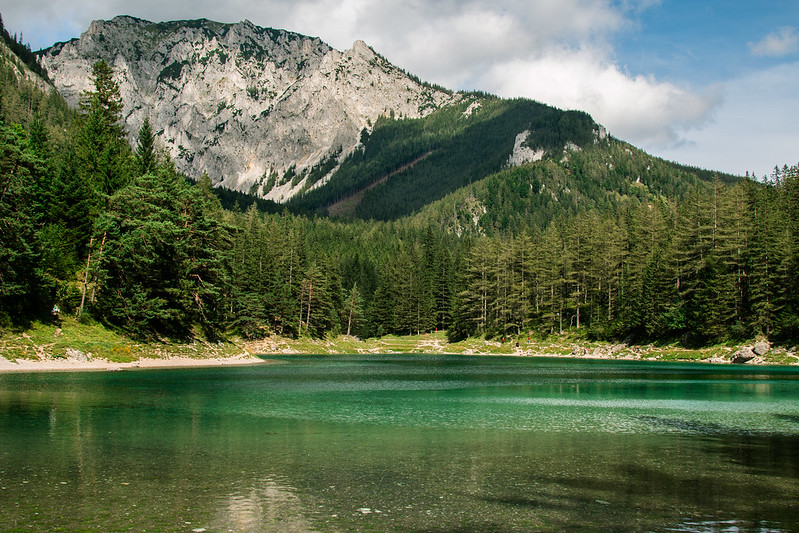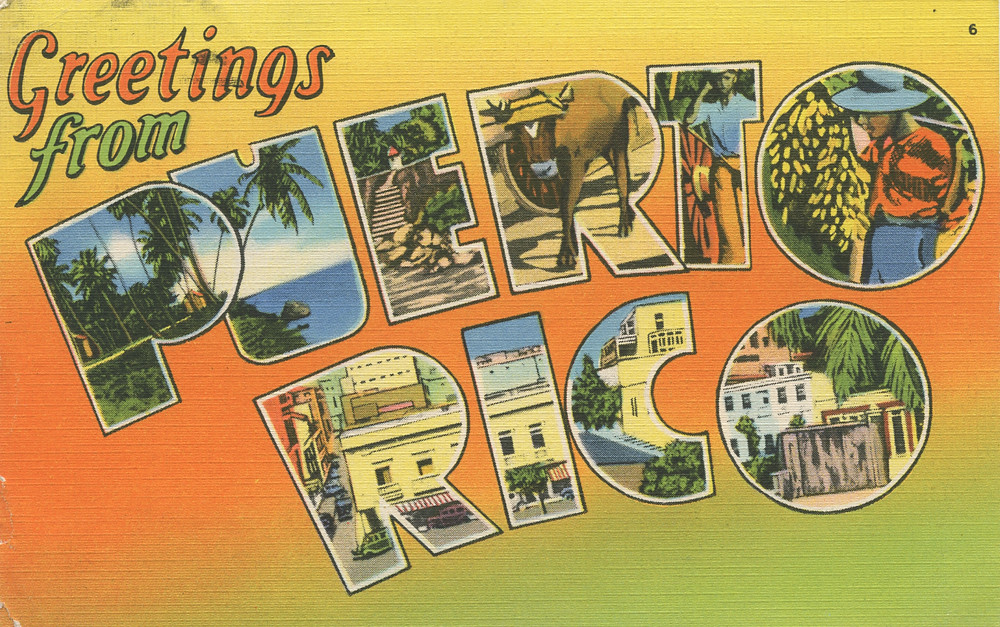WHY VISIT BURUNDI
Although the situation in the neighboring countries of Burundi remains precarious, the landlocked country has beautiful monuments that trace its history from the mid-eighteenth century. The museum Gitega, established in 1955, is the guardian of the past in Burundi. Specimens of gourds, tools, and objects used for daily work are present in this museum. It also keeps photographs of the last monarchs of the country and some traces left by colonialism. It is a photographic and ethnographic museum. The second museum is located in the capital Bujumbura and is a living museum with reconstructions of royal huts. The herpetological research center is also stored, and a reserve of reptiles built within it has continued to grow since its opening in 1988.
Some other monuments also attract the curious, the Belvedere of Bujumbura, for example, houses the mausoleum of Prince Louis Rwagasore, the lead actor of the national consciousness. 10 km south of the capital, a stone was erected to remind the meeting of the learned Livingstone and Stanley young reporter in 1871. Several national parks are worldwide popular in Burundi, such as Park and of Kibira Ruvubu. These parks allow not only to observe the animals of the African bush but in particular to move among them. Park Kibira even offers bathing in its hot springs to be more in touch with nature. Wildlife observed may go crocodile antelope through the baboons and chimpanzees. Other monuments are just as amazing as a few hours of track in Bujumbura. Rotovu the pyramid, for example, is built on the southernmost source of the Nile.
Open faults Nyakazu and the Karera Falls, the second largest fall after those in Victoria, also offer a performance not easily forgotten. Lake Tanganyika is not to omit, scored the best fishing lake in the world, his views are stunning from Vyanda. Although monuments are admirable, the heat remains the best popular image of Burundi. A warm and friendly people whose lives are ingoma with the drummers of Burundi provide a show that combines dance, song, frantic rhythms, humor, and above all joy of life.
WHAT TO SEE IN BURUNDI
XXXX
WHEN TO GO TO BURUNDI
The best period to visit Burundi is from June to August.
| January | |
| February | |
| March | |
| April | |
| May | |
| June | |
| July | |
| August | |
| September | |
| October | |
| November | |
| December |
Burundi is a land of Africa situated between Rwanda and the Democratic Republic of Congo. It is a tropical climate hot and humid. Temperatures are, at any time between 20° C and 30° C. The nights are cooler in some areas such as Gwegara or Nujumbura.
Periods of rain are from September to November and February to May. Periods of heat, however, between June and August and from December to January. June is ideal to visit Burundi.
Following is a list of typical festivals and celebrations of Burundi.
- xxx (xxx)
HOW TO REACH AND TRAVEL THROUGH BURUNDI
by plane, the main airports are:
- x
by train
by car
GENERAL INFORMATION ON BURUNDI
health tips & vaccination: malaria vaccination and mosquito repellents, either sprays or creams, mosquito nets … There should also be vaccinated against yellow fever. Diet and food hygiene must be strict, do not swallow the juice of fresh fruit, drinking water tap and supposedly even less food or undercooked dishes. Choose mineral water or, if none, boiled water.
local currency: Burundi Franc
local time zone: GMT+2
electricity: type C and type E (220 V – 50 Hz)
WHAT TO DO IN BURUNDI
typical food in Burundi
- x
souvenirs from Burundi
- x
SIMPLE DICTIONARY
Hello:
Goodbye:
How are you?:
Thank you:
What is your name?:
How are you?:
Source
http://www.thebesttimetovisit.com/
http://www.roughguides.com/





















